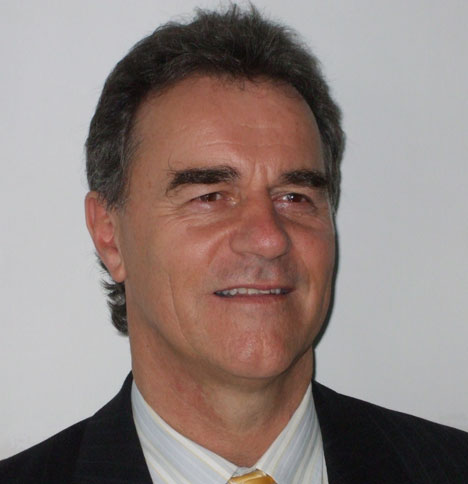
December 2013
Cecily McNeill
A Wellington father of three sons says only the community can bring about the changes needed to crackdown on Internet pornography after a group of boys and young men boasted on social media sites about their raping girls and young women who were drunk and sometimes underage.
The internet bragging has caused widespread outrage with some 700 people in Auckland and 200 in Wellington marching last month to protest at such abuse.
Fingers have been pointed at fathers for not educating their sons to value their sisters and girlfriends.
But Duncan Holland, who works in risk management and, with a police background, has worked on Crimewatch and Sensing Murder TV series, says parents are not necessarily to blame.
‘Parents are usually lying sleepless at home, worrying like crazy about what their children are up to.’
As for Police Minister Anne Tolley’s ordering an independent investigation into police inaction over four complaints from girls of the boys’ abuse in 2011 and 2012, Duncan says this will have little effect on the real issue.
He says since access to the Internet has grown in the past 20 years, Internet pornography has been viewed by numerous young people and feeds a growing sex addiction problem.
This view is supported by an online survey of young people the University of East London started earlier this year which found that of the 350 respondents so far in the ongoing survey, nearly 80 percent of boys aged 12 to 16 years had watched sex online. Of the 16 to 20 year olds who responded, nearly all the boys and 80 percent of the girls had seen sexual images.
‘While both sexes were similarly comfortable with viewing such imagery, nearly three times as many boys than girls felt their use of porn was impacting on their relationships or becoming a dependency. Over seven per cent of boys felt their viewing was getting out of control.’
Duncan Holland says it is not just the kids who have access to pornography online – often they see their parents also downloading and watching it.
For this reason he is not confident that laws governing access to internet pornography will be tightened or enforced. ‘Politicians mostly do what they think the adult voting population wants regardless of how it might affect children.’
‘We need to decide as a society, if this abusive portrayal of sexual behaviour is what we want our young people to be looking at. If we don’t, we need to express that at a political level and compel our politicians to act.
Read this month’s editorial for a call to arms against the online availability of porn.
Grim message in UK porn study
A survey of teen porn habits in the United Kingdom reveals some shocking results about the impact of porn on young people’s perception of sex and relationships.
The Channel 4 programme Porn on the Brain, which aired in September, commissioned the survey.
To date more than 350 participants between the ages of 12 and 20 have responded to the online survey disclosing why they access porn, what types of images they view and with what frequency, and how the sexual imagery makes them feel.
Dr Amanda Roberts who, with Dr John Turner from University of East London’s School of Psychology, is leading the ongoing study, says Channel 4 wanted a survey to examine the impact of porn on British teenagers. ‘With smartphones commonplace and extensive online access, young people today are just a click away from literally billions of sexual images. Their use of or exposure to porn can heavily influence their understanding of what sex is or should be like, and how to engage with a partner.’
Among 12- to 16-year-olds, boys were far more likely than girls to have viewed sexual images. Nearly 80 percent of boys had watched people having sex online in contrast to just 33 percent of girls. While some girls had never watched porn, all the boys surveyed had done so with over half (51 percent) looking quite a few times and nearly a third (27 percent) admitting to looking often.
Among 16- to 20-year-olds, nearly all the boys (97 percent) and almost 80 percent of the girls had seen sexual images. Both sexes were similarly comfortable with viewing such imagery, but nearly three times as many boys than girls felt their use of porn was impacting on their relationships or becoming a dependency. More than seven percent of boys felt their viewing was getting out of control.
The survey asked participants to explain their feelings on what they viewed and found that girls were far more likely to be confused, angry or frightened by what they saw online. Girls tended to view sexual images in groups via social media. But boys were not using these channels to access porn and were mostly watching it alone. More than 10 percent of both sexes felt they were looking at more and more extreme imagery.
Dr Roberts said of the preliminary findings, ‘Clearly, viewing porn is now considered the norm for young people and, with such uninhibited availability, it is an uphill battle to stop teenagers from accessing it. There are marked differences between the way boys and girls relate to pornography, their use of it and their perception of sex. Sex education in school needs to address the reality of sex and relationships and the unreality of what many young people are being exposed to online.’
The University of East London (UEL) is a global learning community with some 28,000 students from more than 120 countries.